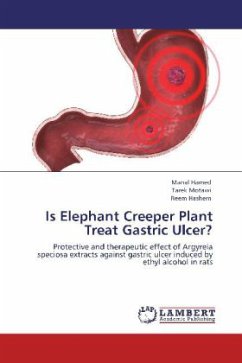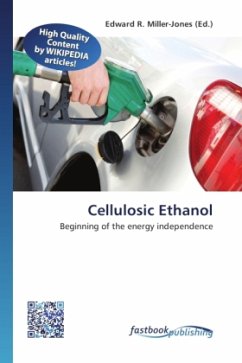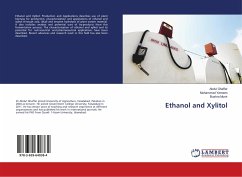Please note that the content of this book primarily consists of articles available from Wikipedia or other free sources online. Named after the English biochemist Herbert Grace Crabtree, the Crabtree effect describes the phenomenon whereby the yeast, Saccharomyces cerevisiae, produces ethanol (alcohol) aerobically in the presence of high external glucose concentrations rather than producing biomass via the tricarboxylic acid cycle, the usual process occurring aerobically in most yeasts e.g. Kluyveromyces spp. Increasing concentrations of glucose accelerates glycolysis (the breakdown of glucose) which results in the production of appreciable amounts of ATP through substrate-level phosphorylation. This reduces the need of oxidative phosphorylation done by the TCA cycle via the electron transport chain and therefore decreases oxygen consumption. The phenomenon is believed to have evolved as a competition mechanism (due to the antiseptic nature of ethanol) around the time when the first fruits on Earth fell from the trees.
Bitte wählen Sie Ihr Anliegen aus.
Rechnungen
Retourenschein anfordern
Bestellstatus
Storno








